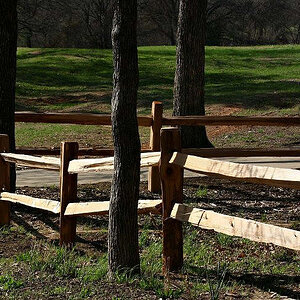zombiemann
TPF Noob!
- Joined
- Aug 8, 2012
- Messages
- 359
- Reaction score
- 24
- Location
- Illinois
- Can others edit my Photos
- Photos OK to edit
It's not weird.. it's understanding basic light properties..
Wow, thanks for that, I would have never thought of it all by myself.
:waiting:




![[No title]](/data/xfmg/thumbnail/42/42468-f720ff996eb9cc6554c0019901223156.jpg?1619740193)
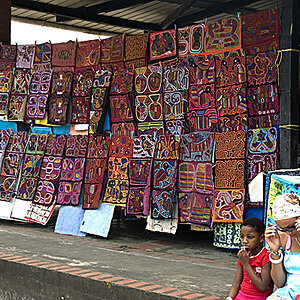
![[No title]](/data/xfmg/thumbnail/34/34145-b89ccc67a24004d6d7a9026a7395914b.jpg?1619736318)

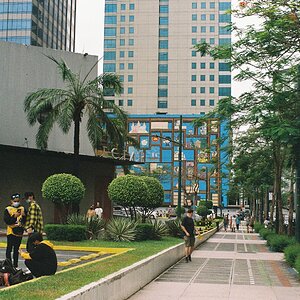
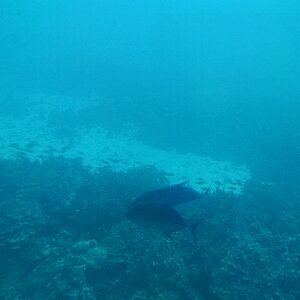

![[No title]](/data/xfmg/thumbnail/33/33906-2f9b24e4b1e1be07f68257916df0f2b3.jpg?1619736208)
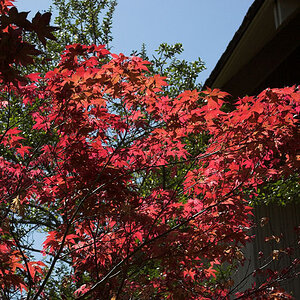
![[No title]](/data/xfmg/thumbnail/35/35262-02f8eba4a2a92dbae0b55547bba80b4f.jpg?1619736968)
